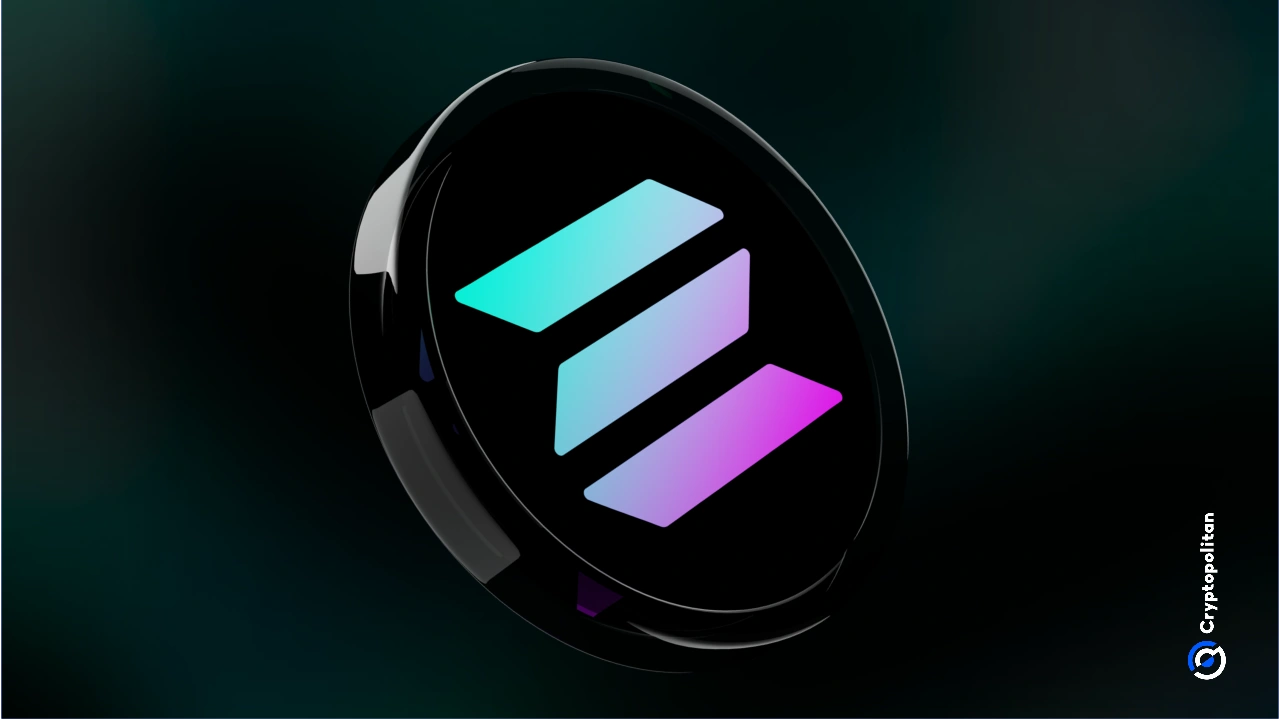Solana (SOL) will shuffle its roster of validators, aiming to decentralize its selection with external entities. Currently, the Solana Foundation lends a SOL stake for some of its sponsored validators.
Solana (SOL) will start removing validators that have relied on borrowing a stake from the Solana Foundation. Some of the chain’s validators only stake 1,000 SOL as part of their role. The new rule change for validators will encourage external entities to join the network and open new validator slots.
Mert Mumtaz, the CEO of Helius Labs, one of the top validators, believes the shift will be bullish for SOL.
Solana Foundation is now gradually reducing the number of validators it delegates to incentivize nodes to be more self-reliant
extremely bullish pic.twitter.com/9jThq3PRW4
— mert | helius.dev (@0xMert_) April 23, 2025
Currently, the Solana Foundation provides 10% of all staked SOL to secure the network.
Solana validators will be replaced by independent nodes
The Solana Foundation announced changes to its Delegation program concerning the onboarding and dismissal of validators. For every new external validator onboarded to the Solana chain, the Foundation will remove three former validators that meet a set of criteria.
The validators marked for removal will be those who relied on delegated SOL from the Solana Foundation for over 18 months, with less than 1,000 SOL added from their own reserves. Adding new validators may also make the network more decentralized.
The Solana Foundation has onboarded a long list of validators, some of which are enthusiastic ecosystem participants, as in the case of Nansen. In total, 861 validators are receiving a stake from the Solana Foundation, for a total of 40M SOL. Even in the delegation program, Solana aimed to bring diverse sources of SOL onboarding validators from 34 countries.

The validators are often linked to communities, meme projects, or high-profile Solana entities and serve as a tool for additional exposure. The list will start to get edited soon if more validators appear with their own locked SOL.
Validators will be key as more SOL-based ETFs appear. Some of the ETFs may have enough tokens to build a highly competitive validator. There is no minimal stake, but most validators try to add at least 1,000 SOL. Validators also advertise their services, and the best ones receive delegated stakes from users.
Some of the ETFs may also want to stake with top validators, including Binance, Coinbase, Helius Labs, Galaxy Digital, and Figment. Increased SOL activity is also boosting the earnings of validators, making the position more lucrative if the demand for DEX and meme trading continues.
The L1 chain produces $1.35M in daily fees, which go toward validators. Currently, 64% of all validators have used support from the Solana Foundation, earning additional SOL each day.
The shift in validator onboarding comes after the latest SOL rally, when the asset recovered to $151.18, returning as one of the busiest L1 chains with DEX activity, lending, and meme launches.
Cryptopolitan Academy: Want to grow your money in 2025? Learn how to do it with DeFi in our upcoming webclass. Save Your Spot
This articles is written by : Nermeen Nabil Khear Abdelmalak
All rights reserved to : USAGOLDMIES . www.usagoldmines.com
You can Enjoy surfing our website categories and read more content in many fields you may like .
Why USAGoldMines ?
USAGoldMines is a comprehensive website offering the latest in financial, crypto, and technical news. With specialized sections for each category, it provides readers with up-to-date market insights, investment trends, and technological advancements, making it a valuable resource for investors and enthusiasts in the fast-paced financial world.
